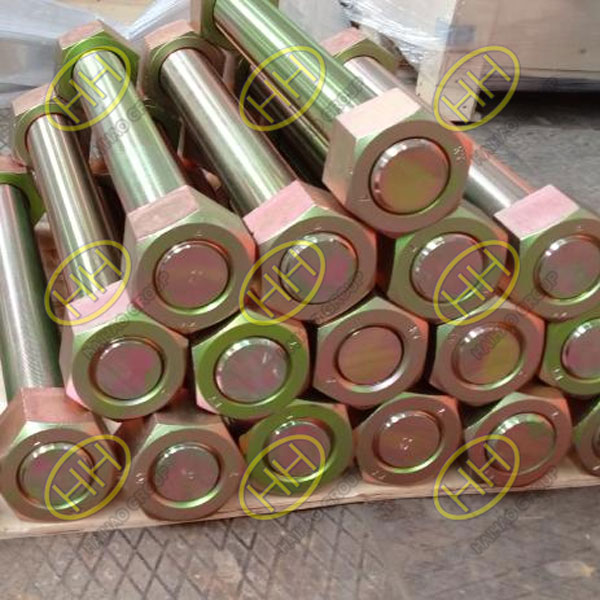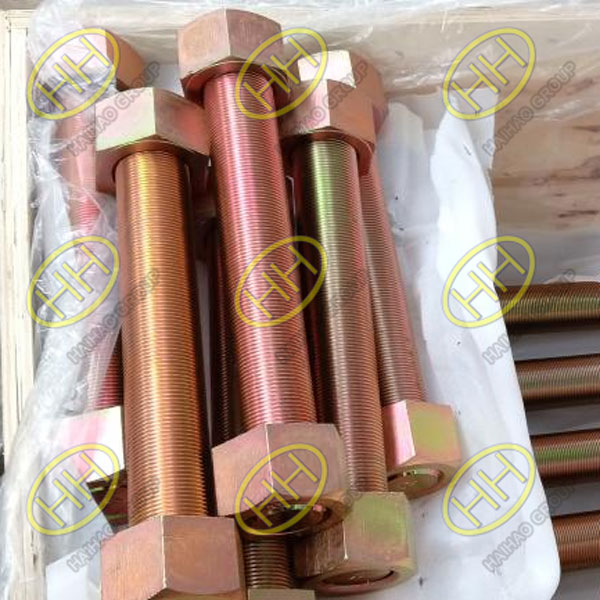Why is the hardness of nuts slightly lower than the hardness of bolts?
In fastening systems, the hardness relationship between bolts and nuts is a critical factor in achieving reliable and effective fastening. Generally, nuts are manufactured to have a slightly lower hardness than bolts, and this difference is intentional to optimize the fitting and durability of the joint.
The Hardness Relationship Between Bolts and Nuts
For effective fastening, bolts and nuts must align in hardness so that they don’t damage each other during tightening. If the nut’s hardness were too high, it could cause damage to the bolt or lead to early wear of the nut itself. Therefore, industry standards generally require the nut material to be slightly softer than the bolt material. The ideal hardness difference typically falls within an HB (Brinell Hardness) range of 20–40. This range allows bolts and nuts to fit together well without excessive wear or damage, enhancing the overall life of the assembly.
Importance of the Hardness Difference
Maintaining an appropriate hardness difference between nuts and bolts ensures good fit and wear resistance. If the hardness difference is too large, the nut may exert excessive pressure on the bolt during tightening, potentially damaging the bolt. On the other hand, if the hardness difference is too small, the two components may not fit as securely, which can reduce the fastening quality and overall durability.
Nuts should generally have a lower hardness than bolts, with a hardness difference of HB20–40. This requirement is essential for optimal compatibility between nuts and bolts and for extending their service life. When selecting bolt and nut materials for specific applications, it is important to consider both the hardness requirements and the operating environment to ensure reliable fastening performance.


